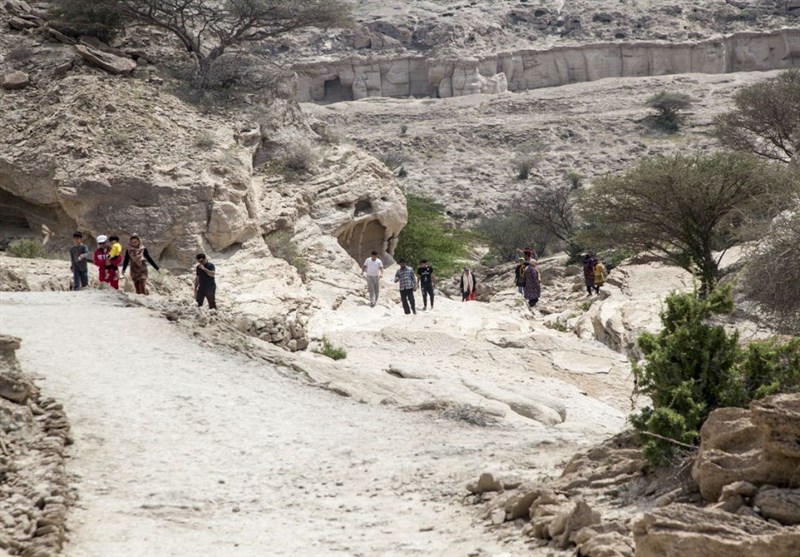good news iran: Tallaght Wells in Qeshm: A Tourist Attraction of Iran – Tourism news

If you go to the Qeshm Island in Persian Gulf in your tour in Iran you will see one of these areas.
Centuries ago people of this area dug 366 wells in the stones to gather clean water from rainfall. They are called Tallaght wells. According to scientists the number 366 represent the number of days in a leap year. Today only about 60 of them are left and half of this number is usable for extracting water. This phenomenon attracts many tourists and also the Iranians who travel with a tour in Iran.
Each well has a name and people used one well for each day. The wells are dug in the stones of a schist mountain in a hole next to a cliff close to Qeshm Island. These wells are located out of the island and next to the historic Naderi Castle in a village called “Laft”.
There are some old and huge trees rooted in the stones next to the Tallaght wells, which locals believe are guardians of the Tallaght wells. The liveliness of these trees shows that water is available in the wells.
Since the wells are located on a deeper area next to a coral hill, the rain water goes downhill and enters in to the wells. The bottom of the wells is covered by plaster that helps water to stay clean and cool for a long time. Tallaght wells dates back to Achaemenid and Sassanid Dynasty.
The south region of Iran has numerous historical and natural attractions and the best time of the year to book for a tour in Iran to visit these parts is from late September to April.


Source: Irandoostan.com
source: tn.ai





